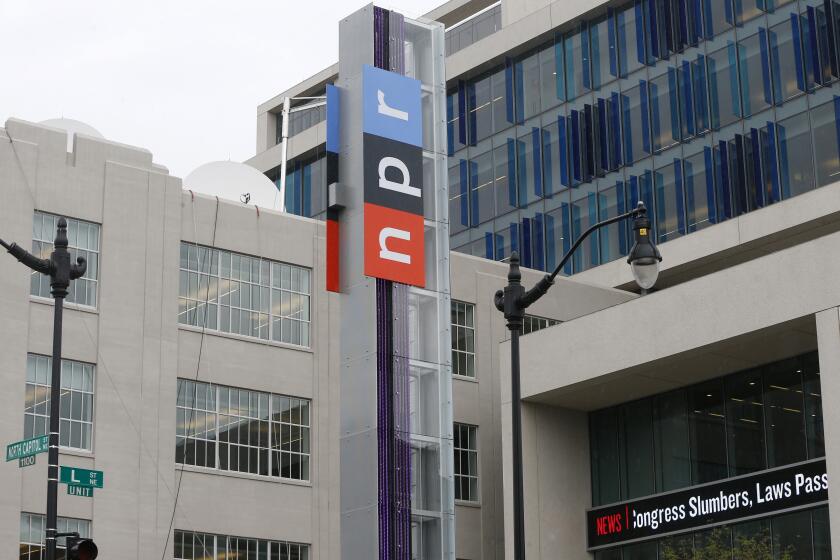Supreme Court: Class (action) dismissed
- Share via
The Supreme Court’s recent 5-4 decision preventing consumers from bringing class-action suits against corporations is part of a disturbing trend of the five most conservative justices closing the courthouse doors to injured individuals. This is nothing other than a conservative majority favoring the interests of businesses over consumers, employees and others suffering injuries.
The case involved Vincent and Liza Concepcion, who purchased a cellphone from AT&T Mobility. The form contract they signed provided for arbitration of all disputes between the parties. Such clauses are now widespread in a vast array of contexts. Doctors frequently ask patients to sign agreements that any claims for malpractice will go to arbitration and not to court. Employers commonly require employees to sign agreements that disputes, including discrimination claims, will go to arbitration.
AT&T had advertised that the phones were free but charged the Concepcions $30.22 in taxes. The Concepcions’ suit was consolidated with other similar claims into a class action alleging that AT&T had engaged in false advertising and fraud by charging sales tax on phones it advertised as free.
AT&T moved to compel arbitration under the terms of its contract. The federal Court of Appeals, however, rejected this because California law is clear that such a provision is not enforceable since arbitration between two parties is no substitute for a class-action remedy.
The Supreme Court, with the five conservative justices constituting the majority, held that the Concepcions could not be part of a class-action suit but instead had to go to arbitration. The practical reality is that no such claim is ever likely to be brought. As Justice Stephen G. Breyer noted in the dissent: “What rational lawyer would have signed on to represent the Concepcions in litigation for the possibility of fees stemming from a $30.22 claim? . . . ‘ The realistic alternative to a class action is not 17 million individual suits, but zero individual suits, as only a lunatic or a fanatic sues for $30.’”
Class actions exist precisely for this situation, in which a large number of people lose a small amount of money and none is likely to bring an individual claim. The effect of the Supreme Court’s decision is to make it far less likely that corporations engaged in even massive fraud will be held accountable when many people lose a little.
The high court’s decision is particularly troubling because it is based on the Federal Arbitration Act, which states that contracts providing for arbitration are to be enforced except where state law deems them to be unenforceable. The California courts consistently have found that the arbitration clauses that preclude class-action remedies are unenforceable. The Supreme Court ignored this and explicitly said that it was important to protect defendants, such as corporations, from the in terrorem (“in fear”) effects of class action that pressure them into settlements. The court’s conservative majority could not have been clearer that it was favoring businesses over consumers.
Businesses would much prefer that suits against them by injured consumers or aggrieved employees never get before a jury. Juries are perceived as pro-plaintiff and too likely to be swayed by emotions. Professional arbiters are strongly favored by defendants as more likely to rule in their favor and, when ruling for plaintiffs, to award less in damages.
This is the third decision in the last three years in which the high court has found that arbitration agreements should be broadly read to prevent injured individuals from going to court. Two years ago, the court ruled that an arbitration clause in an employment agreement precluded a plaintiff from bringing an age-discrimination case to federal court. Last year, the court ruled that it is for the arbiter, and not a judge, to decide if an arbitration clause is valid. All of these decisions have been 5 to 4, with the five most conservative justices in the majority.
The notion that an injured person has a right to his or her day in court is deeply ingrained in American culture. But the proliferation of arbitration agreements, and the Supreme Court’s aggressive enforcement of them, means that it is increasingly a myth that an injured person can sue.
Erwin Chemerinsky is dean of the UC Irvine School of Law.
More to Read
A cure for the common opinion
Get thought-provoking perspectives with our weekly newsletter.
You may occasionally receive promotional content from the Los Angeles Times.






